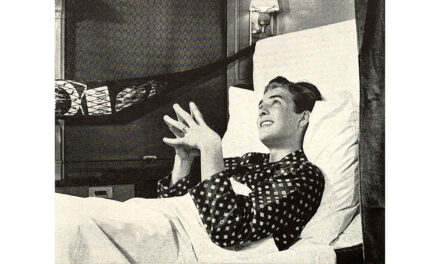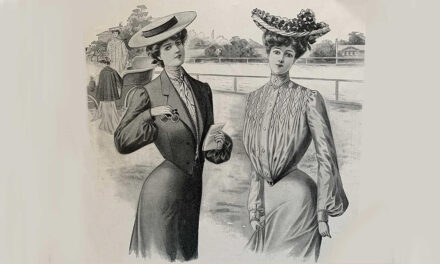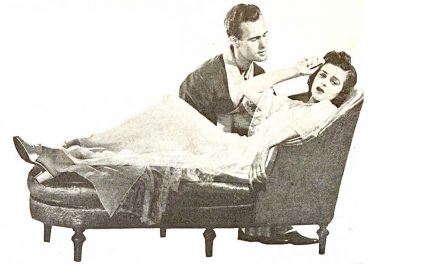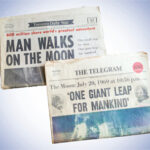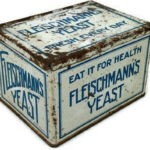All Aboard! Train travel was luxurious
when you travelled Pullman
Sleeping cars, dining cars and Pullman parlour cars
of transcontinental trains were top of the line
for privileged passengers
“When you go Pullman you relax on deep-cushioned, comfortable seats. You sleep on big, soft, clean beds.
You enjoy modern toilet facilities, air conditioning, lighting, and heating. The personal services of a trained Pullman porter are yours to command. And—on longer trips—delicious, well-served meals in railroad dining cars are available.
You arrive refreshed and relaxed on dependable railroad schedules, right in the heart of town, convenient to everything.”
Such were the claims that Pullman offered in this advertisement.
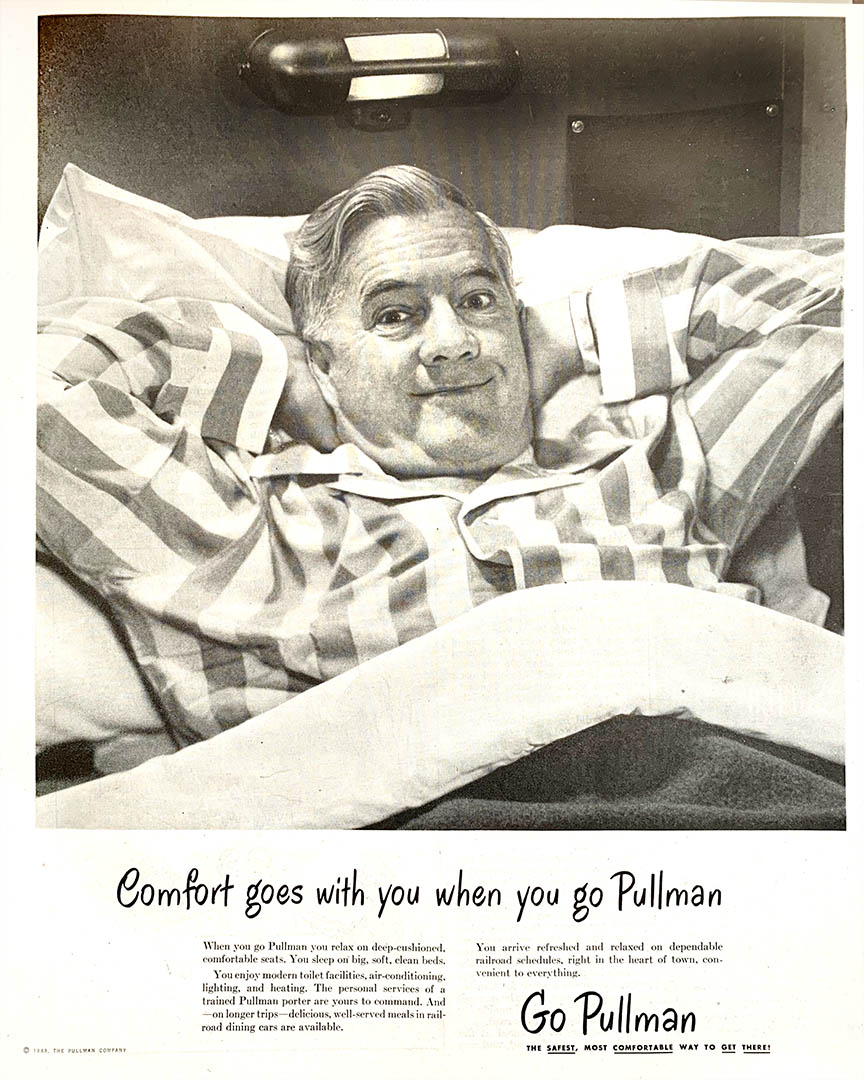
Founded in 1867, the Chicago-based Pullman Company produced a range of railroad car types, from dining cars and parlour cars to freight cars, but it was sleeping cars for which Pullman was renowned. These cars contained sleeper berths for all passengers. By day each berth comprised two facing seats on either side of a wide window: at bedtime the two seats folded down to form a bed and then an upper berth—stored by day above the two seats—was pulled down from above. Berths had sheets, and pillows, and drapes for privacy. Washrooms were situated at the end of the cars.
Roomettes, bedrooms and drawing rooms were also features of Pullman Sleepers; each private compartment, with its own washroom, converted to sleeping quarters.
The roomette was popular with solo travelers. Each roomette had comfortable seats and a fold-down table. To sleep, the passenger pulled down a bed that covered the seats (and covered the toilet also!)
Bedrooms, with bunk beds and their own washroom, accommodated two persons: drawing rooms were an option for small families.
Then in 1868, Pullman introduced a dining car equipped with a kitchen where chefs prepared dishes—from fresh ingredients—served elegantly by white-coated waiters. The ambiance was that of a private club with diffused lighting, colorful window drapes, and soft carpets. The plates were fine china, the silverware gleamed. The menus and wines pleased connoisseurs.
“The Pullman Company also became known as a purveyor of private rail cars, an accommodation of choice for the super wealthy who wanted privacy and comfort” wrote real estate agent Robert Khederion in an article headlined Before private jets, there were luxurious private train cars.” It was published in Curbed, an American real estate and urban design website founded in 2010 and later integrated into the magazine New York.
2019 marked the 150th anniversary of the completion of the first transcontinental railroad. It was “The Golden Age of the Pullman Car” wrote Jack Kelly in The History Reader published by St. Martin’s Publishing Group. Jack Kelly, historian and novelist, has written extensively on George Pullman and his railroad car. His book, The Edge of Anarchy: The Railroad Barons, the Gilded Age, and the Greatest Labor Uprising in America, details Eugene Debs’s leadership of the Pullman Strike.
And what of the passengers
who couldn’t afford to travel in Pullman style?
The most famous passenger was Phoebe Snow, a fictitious young lady created by the advertising department of the Delaware, Lackawanna & Western Railroad. Apparently Phoebe always wore a white dress when she travelled from New York to Buffalo.
After a long trip on a coal-powered train, travelers frequently would disembark covered with black soot. Not Phoebe! The Lackawana locomotives were powered by anthracite, a clean-burning hard coal.
And here is how the advertising copywriter told the story of Phoebe.
Says Phoebe Snow
About to go
Upon a trip to Buffalo
“My gown stays white
from morn till night
Upon the Road of Anthracite.”
Advertisements recounted the experiences of Phoebe Snow, including her encounter with the station master “He’s so polite”, and the guard at the gate to whom she showed her ticket. Other advertisements promoted Phoebe’s recognition that the Lackawana was the way to go.
With dimpling face
All full of grace
Fair Phoebe pictures
In a daze
That journey bright
When clad in white
She used the Road of Anthracite.
Ideally, advertising copywriters work to create themes rather than create one single idea per advertisement. An advertising theme is a series of ads that present the same message in different ways. Each advertisement recalls previous advertisements in the series and the campaign grows stronger with each familiar but different advertisement in the campaign.
The Phoebe Snow campaign was a theme developed around dozens and dozens of rhymes setting out the satisfactions Phoebe enjoyed riding on the Lackawana Railroad. Advertisements used different images but the rhymes generated the theme.
The website of the Hoboken Historical Museum features all of the jingles in The Story of Phoebe Snow.

CBS News ran this video: Pullman rail cars: A detour back through time. It provides just a hint of train travel in Pullman cars.
This advertisement contrasts
air travel on a Douglas DC‑6
with travelling by train
Wonder how airlines were competing with train travel? They advertised that:
“It’s so easy…so comfortable…so clean! None of that overnight fuss and nuisance of changing clothes in cramped quarters. No standing in line for meals—you get delectable full-course meals free! And tipping is not allowed.”
Read about it in this post in our Printing Times

